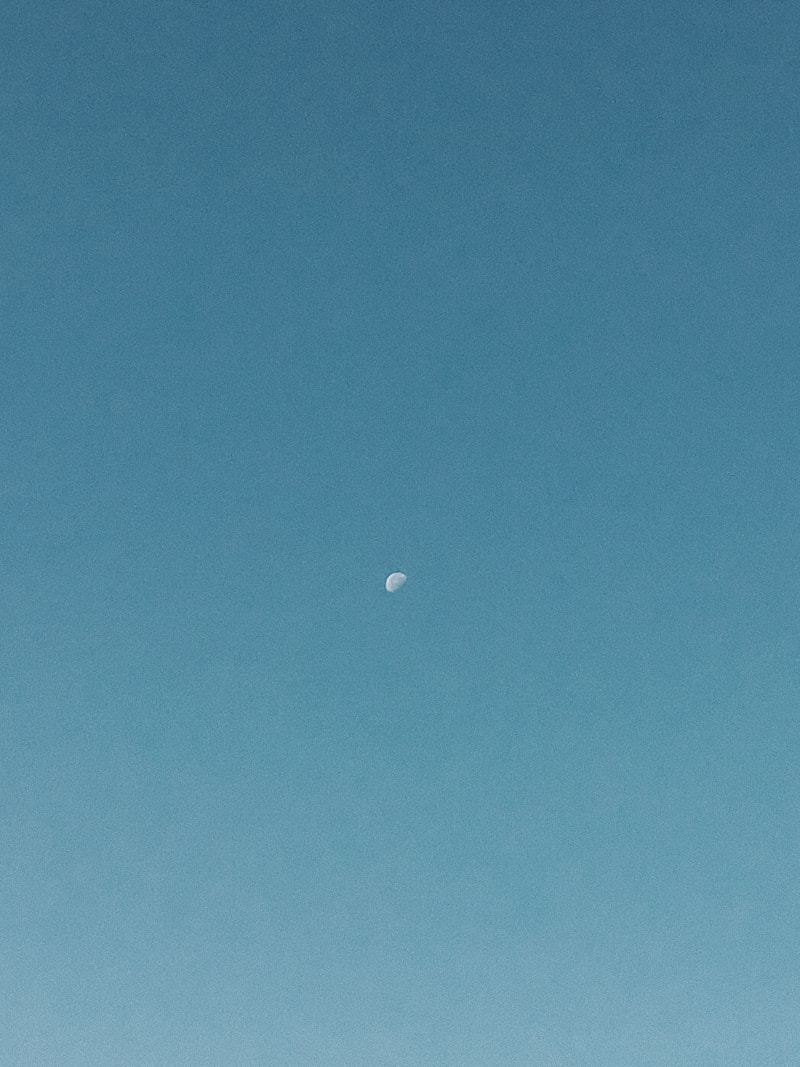Exploring Classic Color Pairings: A Guide to Timeless Combinations
Color impacts our lives in numerous ways, influencing everything from mood to aesthetics. When it comes to design, whether for fashion, home decor, or graphic design, understanding classic color pairings can elevate your work and enhance visual appeal. In this article, we will delve into some iconic color pairings, their psychological effects, and how to effectively use them in your projects. Let's embark on this colorful journey!
The Psychology of Color
Colors evoke emotions and messages, making it essential to pair them thoughtfully. Below is a brief overview of how colors influence perceptions:
| Color | Psychological Effect |
| Red | Passion, energy, urgency |
| Blue | Trust, calmness, stability |
| Green | Growth, harmony, freshness |
| Yellow | Optimism, clarity, warmth |
| Purple | Luxury, creativity, wisdom |
| Black | Sophistication, elegance, power |
| White | Purity, simplicity, cleanliness |
Key Classic Color Pairings
To help you incorporate color thoughtfully in your projects, we've gathered some classic color pairings that have stood the test of time. These combinations can be used in various design fields, from graphic design to interior decoration.
1. Blue and Orange
This pairing offers striking contrast, evoking a sense of energy while maintaining a balance. Blue represents tranquility, while orange adds warmth and vibrancy. Use this color combination when designing marketing materials that aim to grab attention without overwhelming the viewer.

2. Black and White
Perhaps the most timeless color combination, black and white portray elegance and sophistication. This pairing is versatile, suitable for almost any design, including logos, websites, and even home decor. The contrast facilitates clarity and focus on the subject matter.
3. Red and Gold
This pairing suggests luxury and opulence. Red brings passion and energy, and gold adds a sense of wealth and prestige. Use this combination for high-end branding or holiday promotions to evoke feelings of excitement and exclusivity.
4. Green and Brown
Representing nature and stability, this pairing creates a soothing environment. Green embodies growth, while brown provides a grounded feeling. This combination is perfect for eco-friendly brands or any design that focuses on wellness and sustainability.
5. Purple and Yellow
This combination features a unique balance of warmth and coolness. Purple conveys creativity and luxury, while yellow radiates cheerfulness. Together, they can be effectively used in playful designs or for creative brands that wish to stand out.
Combining Colors with Design Principles
Understanding classic color pairings is just one part of the design equation. Here are some principles to ensure your designs are visually striking and effective:
1. Balance
When using bright or bold colors, balance them with neutral tones. For example, pairing a vibrant blue and orange with hints of white or gray can prevent overwhelming the viewer.
2. Contrast
Contrast enhances readability and visual interest. Ensure your font color stands out against the background color for optimum legibility. High contrast can accentuate important elements in your design.
3. Harmony
While contrast is key, harmony is equally important. Your colors should work together to create a cohesive look. Use a color wheel to find complementary shades that enhance your classic color pairings.
Creative Applications of Classic Color Pairings
Regardless of your industry, the application of these classic color pairings can significantly enhance your projects. Here are some specific areas where these combinations shine:
1. Graphic Design
In graphic design, color pairings determine the overall tone and message of the artwork. For instance, using blue and orange for tech-related graphics can promote innovation while ensuring modern appeal.
2. Fashion
Fashion designers frequently utilize classic color pairings to create cohesive collections. For example, incorporating black and white designs showcases elegance and sophistication on the runway.
3. Interior Design
In interior design, color pairings help establish mood and style. For instance, combining greens and browns in a living space can evoke a natural, serene atmosphere perfect for relaxation.
Choosing the Right Classic Color Pairing for Your Brand
When selecting a classic color pairing for branding purposes, ensure that it reflects your brand identity. Ask yourself the following questions:
- What message do I want to convey through my colors?
- Who is my target audience, and how will they perceive these colors?
- What feelings do I want to evoke in my audience?
Testing your color pairings within your specific audience can also provide valuable feedback and insights, allowing for data-driven decisions about how to proceed with your designs.
Conclusion: The Power of Classic Color Pairings
Classic color pairings are essential tools in any designer's toolkit. Understanding the psychological implications of colors, the principles of design, and where to apply these combinations can significantly enhance your work. From the timeless contrast of black and white to the energetic vibes of blue and orange, the right pairings can captivate your audience and effectively convey your message.
As you explore these color combinations, remember to keep your brand's identity and the emotions you wish to evoke at the forefront of your design process. Embrace the artistry of color and let it inspire creativity in your projects!